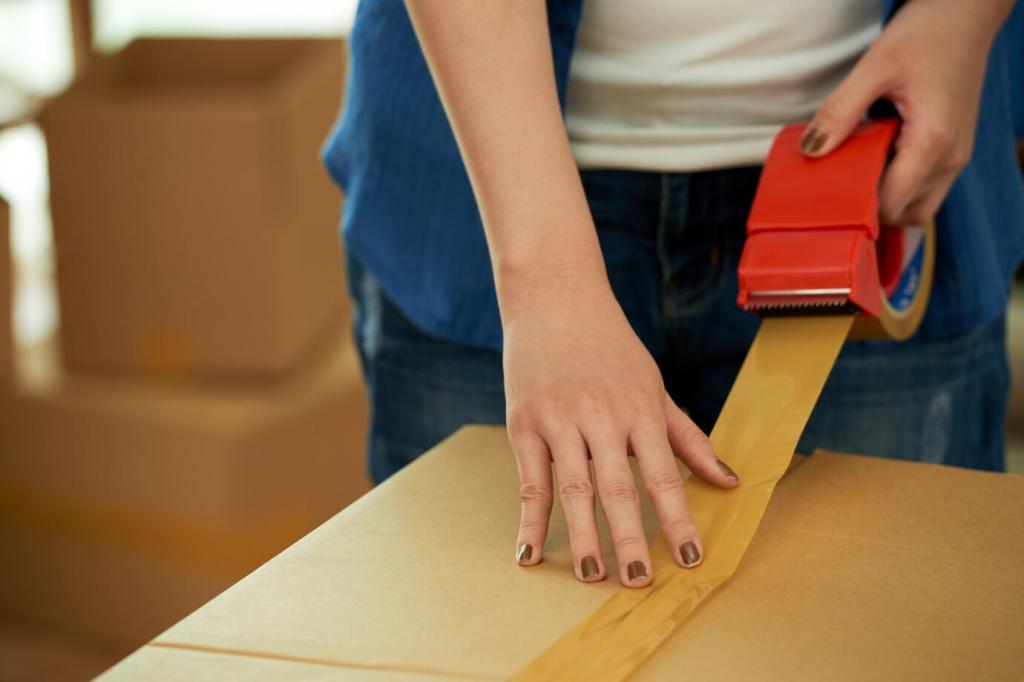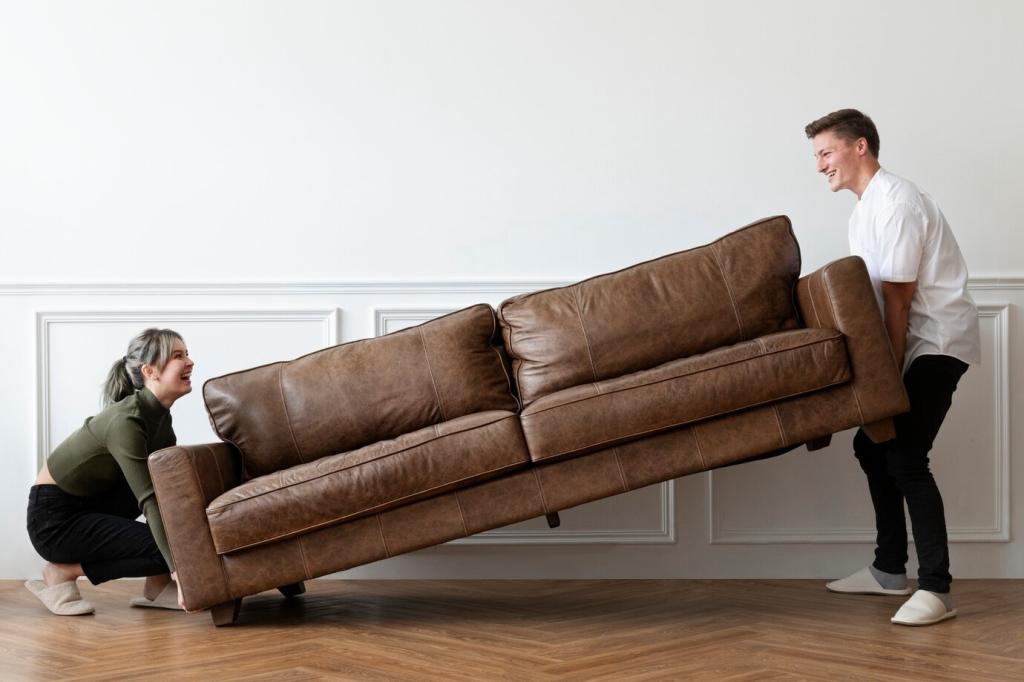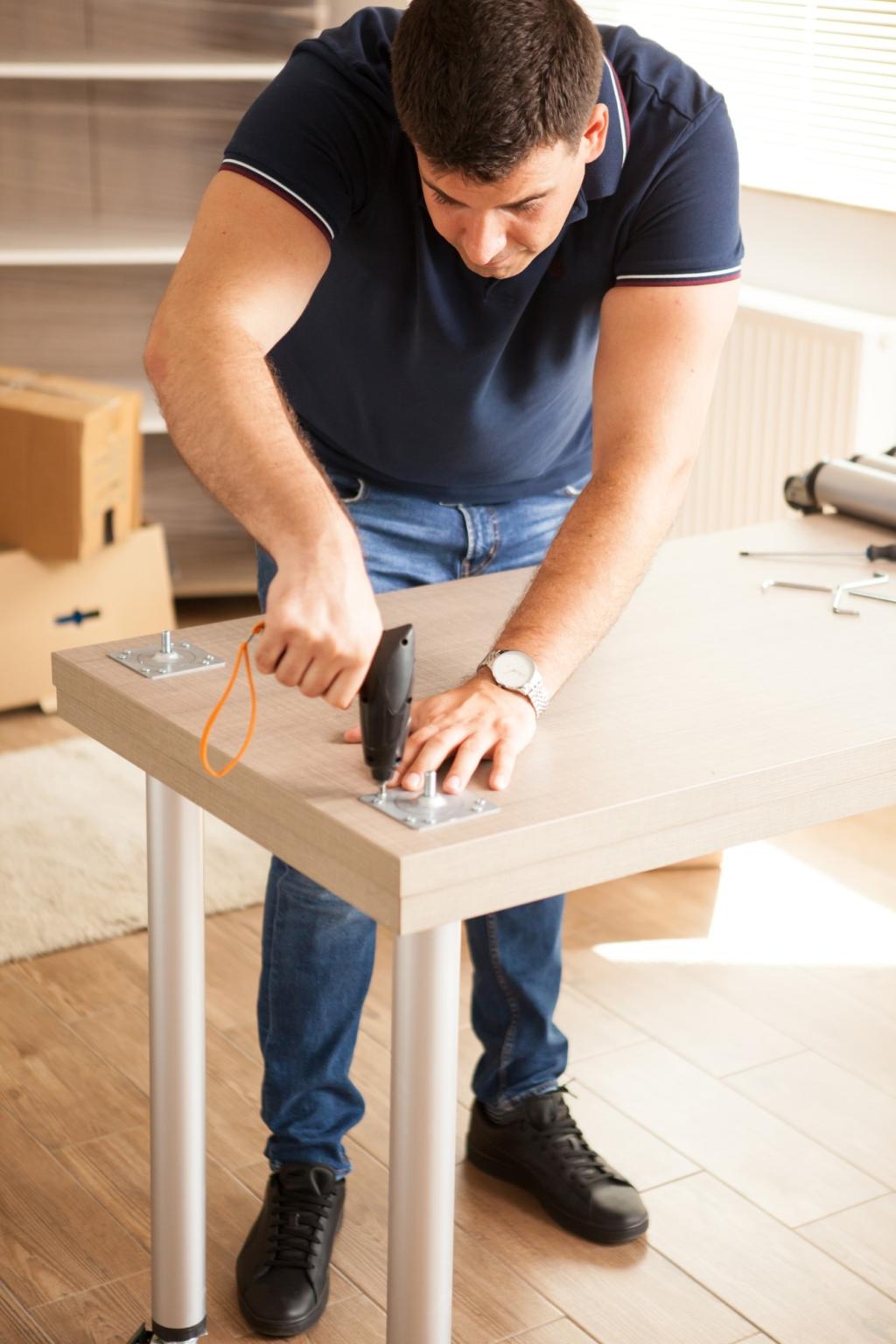Smart Cleaning Techniques That Protect Finishes
Stick with pH‑neutral soap in warm water for most frames. Diluted white vinegar can help with mineral spots on glass and some metals, but rinse thoroughly. Avoid chlorine bleach on fabrics and anodized aluminum. When in doubt, consult manufacturer guidance and always start with the least aggressive method first.
Smart Cleaning Techniques That Protect Finishes
Use soft-bristle brushes, microfiber cloths, and non-scratch pads; reserve abrasive sponges for tough, non-coated surfaces only. A low-pressure hose is safer than a pressure washer. One reader admitted blasting mildew off teak once—then spent spring sanding raised grain. Kind tools keep finishes intact and maintenance light.





